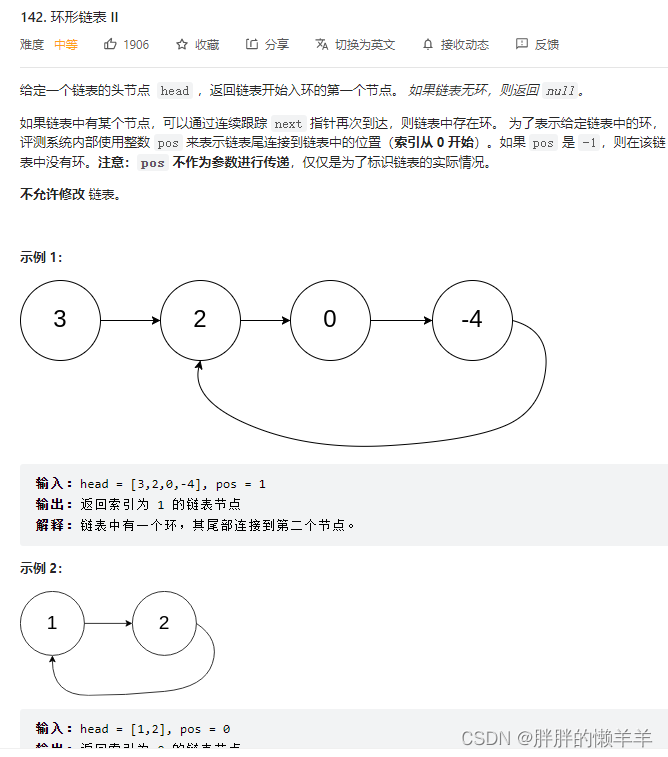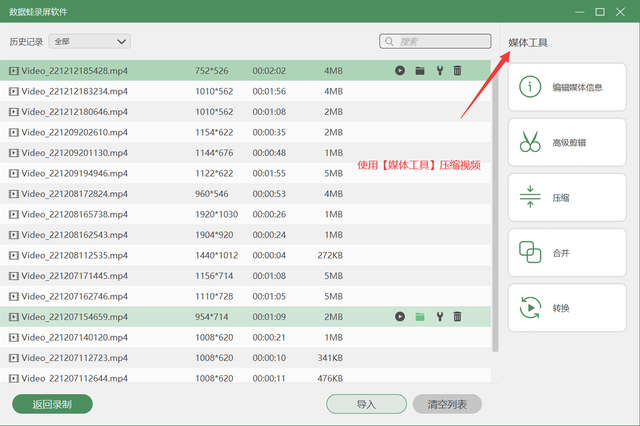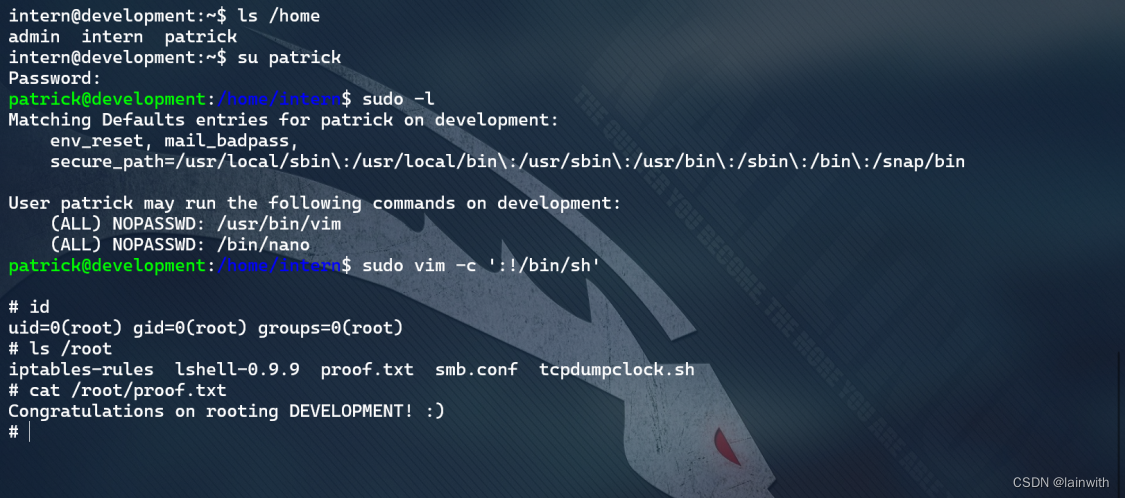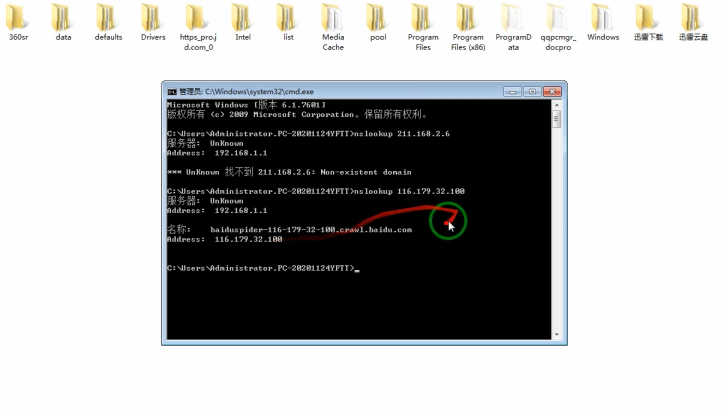讲解关于slam一系列文章汇总链接:史上最全slam从零开始,针对于本栏目讲解(02)Cartographer源码无死角解析-链接如下:
(02)Cartographer源码无死角解析- (00)目录_最新无死角讲解:https://blog.csdn.net/weixin_43013761/article/details/127350885
文末正下方中心提供了本人
联系方式,
点击本人照片即可显示
W
X
→
官方认证
{\color{blue}{文末正下方中心}提供了本人 \color{red} 联系方式,\color{blue}点击本人照片即可显示WX→官方认证}
文末正下方中心提供了本人联系方式,点击本人照片即可显示WX→官方认证
一、前言
在上一篇博客中,大致对扫描匹配暴力求解的原理进行了讲解,同时列举了比较形象的例子。虽然说原理不是很复杂,但是代码实现起来还是存在一定难度的。首先在上一篇博客中提到 LocalTrajectoryBuilder2D::ScanMatch() 函数中,有如下两部分代码是比较重要的:
// 根据参数决定是否 使用correlative_scan_matching对先验位姿进行校准
if (options_.use_online_correlative_scan_matching()) {
const double score = real_time_correlative_scan_matcher_.Match(
pose_prediction, filtered_gravity_aligned_point_cloud,
*matching_submap->grid(), &initial_ceres_pose);
kRealTimeCorrelativeScanMatcherScoreMetric->Observe(score);
}
// 使用ceres进行扫描匹配
ceres_scan_matcher_.Match(pose_prediction.translation(), initial_ceres_pose,
filtered_gravity_aligned_point_cloud,
*matching_submap->grid(), pose_observation.get(),
&summary);
先对第一部分进行讲解,也就是相关性扫描匹配,其主要实现类为 RealTimeCorrelativeScanMatcher2D。为了方便后需的理解,本人做了如下图示,首先在配置文件中可以找到类似如下配置:
use_online_correlative_scan_matching = false,
real_time_correlative_scan_matcher = {
linear_search_window = 0.15, --遍历区域的边长
angular_search_window = math.rad(1.), --遍历角度,弧度制
translation_delta_cost_weight = 1e-1, --位姿偏移权重
rotation_delta_cost_weight = 1e-1, --位姿旋转权重
},
先看下面的图示,后续依照该图示进行讲解:

1、白色方格 → 其尺寸为物理单位,这里是一个映射关系,把Cartographe地图映射到栅格地图上。
2、紫色方格 → 需要遍历的区域
3、紫色多边形 → 代表机器人,当然也可以理解为雷达传感器原点,或者点云数据的原点。
4、黄色圆形 → 点云数据。
5、蓝色圆形 → 最远的点云
6、蓝色正方形区域→需要被遍历的区域
7、max_scan_range → 最远点云相对于机器人的距离
8、resolution → 地图分辨率
9、红色线段 → 与max_scan_range一致,长度表示最远点云相对于机器人的距离
10、蓝色角度 → angular_perturbation_step_size,角分辨率
二、核心被调函数
上面调用的 real_time_correlative_scan_matcher_.Match 函数为 src/cartographer/cartographer/mapping/internal/2d/scan_matching/real_time_correlative_scan_matcher_2d.cc 文件中的 RealTimeCorrelativeScanMatcher2D::Match() 函数,这里大致看一下逻辑即可,后续会对其进行十分细致的分析。
(
1
)
\color{blue}(1)
(1) 对点云进行处理,原本的点云是相对于重力坐标系(Z轴与重力平行,原点与local系相同),这里记 point_cloud=
p
o
i
n
t
s
g
r
a
v
i
t
y
points^{gravity}
pointsgravity,首先需要把点云数据变换到机器人坐标系下,变换之后记记 rotated_point_cloud=
p
o
i
n
t
s
t
r
a
c
k
i
n
g
points^{tracking}
pointstracking,基于重力系机器人初始位姿记 initial_pose_estimate=
R
o
b
o
t
t
r
a
c
k
i
n
g
\mathbf {Robot}^{tracking}
Robottracking,那么可得数学公式如下:
p
o
i
n
t
s
t
r
a
c
k
i
n
g
=
R
o
b
o
t
g
r
a
v
i
t
y
t
r
a
c
k
i
n
g
∗
p
o
i
n
t
s
g
r
a
v
i
t
y
(01)
\color{Green} \tag{01}points^{tracking}=\mathbf {Robot}^{tracking}_{gravity}*points^{gravity}
pointstracking=Robotgravitytracking∗pointsgravity(01)
( 2 ) \color{blue}(2) (2) 首先需要计算出角分辨率,也就是上图中的 angular_perturbation_step_size。源码中使用余弦求角公式 c o s A = b 2 + c 2 − a 2 2 b c (02) \color{Green} \tag{02} cosA=\frac{b^2+c^2-a^2}{2bc} cosA=2bcb2+c2−a2(02)令最远的点云距离 max_scan_range = b = c = b = c =b=c,分辨率 resolution=a,这样就可以计算出 cosA,然后再调用 arccos 函数,即可获得角分辨率的度数。
( 3 ) \color{blue}(3) (3) 角度遍历→对点云rotated_point_cloud= p o i n t s t r a c k i n g points^{tracking} pointstracking进行旋转,每次旋转的角度为角分辨 angular_perturbation_step_size,旋转的次数由参数 angular_search_window 进行控制。每次旋转之后的点云都添加到集合 std::vector<sensor::PointCloud> rotated_scans 之中。
( 4 ) \color{blue}(4) (4) 区域遍历→把点云集合 rotated_scans 进行平移,平移到上图中正方形区域的各个方格,然后每个方格的位置都会对 rotated_scans(平移过后) 进行匹配,这里的匹配理解为打分即可。然后获得多个评分不一样的候选解,这里的候选解是以偏差的形式存储的。
( 5 ) \color{blue}(5) (5) 计算所有候选解的加权得分,将计算出的偏差量加上原始位姿获得校正后的位姿。
关于 RealTimeCorrelativeScanMatcher2D::Match() 函数的粗略注释如下,大致看一下即可,对基本流程了解之后,后面就是对细节的分析了。
/**
* @brief 相关性扫描匹配 - 计算量很大
*
* @param[in] initial_pose_estimate 预测出来的先验位姿
* @param[in] point_cloud 用于匹配的点云 点云的原点位于local坐标系原点
* @param[in] grid 用于匹配的栅格地图
* @param[out] pose_estimate 校正后的位姿
* @return double 匹配得分
*/
double RealTimeCorrelativeScanMatcher2D::Match(
const transform::Rigid2d& initial_pose_estimate,
const sensor::PointCloud& point_cloud, const Grid2D& grid,
transform::Rigid2d* pose_estimate) const {
CHECK(pose_estimate != nullptr);
// Step: 1 将点云旋转到机器人坐标系下
const Eigen::Rotation2Dd initial_rotation = initial_pose_estimate.rotation();
const sensor::PointCloud rotated_point_cloud = sensor::TransformPointCloud(
point_cloud,
transform::Rigid3f::Rotation(Eigen::AngleAxisf(
initial_rotation.cast<float>().angle(), Eigen::Vector3f::UnitZ())));
// 根据配置参数初始化 SearchParameters
const SearchParameters search_parameters(
options_.linear_search_window(), options_.angular_search_window(),
rotated_point_cloud, grid.limits().resolution());
// Step: 2 生成按照不同角度旋转后的点云集合
const std::vector<sensor::PointCloud> rotated_scans =
GenerateRotatedScans(rotated_point_cloud, search_parameters);
// Step: 3 将旋转后的点云集合按照预测出的平移量进行平移, 获取平移后的点在地图中的索引
const std::vector<DiscreteScan2D> discrete_scans = DiscretizeScans(
grid.limits(), rotated_scans,
Eigen::Translation2f(initial_pose_estimate.translation().x(),
initial_pose_estimate.translation().y()));
// Step: 4 生成所有的候选解
std::vector<Candidate2D> candidates =
GenerateExhaustiveSearchCandidates(search_parameters);
// Step: 5 计算所有候选解的加权得分
ScoreCandidates(grid, discrete_scans, search_parameters, &candidates);
// Step: 6 获取最优解
const Candidate2D& best_candidate =
*std::max_element(candidates.begin(), candidates.end());
// Step: 7 将计算出的偏差量加上原始位姿获得校正后的位姿
*pose_estimate = transform::Rigid2d(
{initial_pose_estimate.translation().x() + best_candidate.x,
initial_pose_estimate.translation().y() + best_candidate.y},
initial_rotation * Eigen::Rotation2Dd(best_candidate.orientation));
return best_candidate.score;
}
三、SearchParameters 类
在上面的函数中,其首先是根据公式(1)→ p o i n t s t r a c k i n g = R o b o t g r a v i t y t r a c k i n g ∗ p o i n t s g r a v i t y points^{tracking}=\mathbf {Robot}^{tracking}_{gravity}*points^{gravity} pointstracking=Robotgravitytracking∗pointsgravity 把local系下的点云数据point_cloud变换到机器人坐标系下,赋值给变量rotated_point_cloud。虽然可以看到如下代码:
// 根据配置参数初始化 SearchParameters
const SearchParameters search_parameters(
options_.linear_search_window(), options_.angular_search_window(),
rotated_point_cloud, grid.limits().resolution());
SearchParameters 的主要功能是根据配置文件的参数,计算出暴力匹配过程中需要的参数,以及以缩小搜索范围的函数,先分析一下 correlative_scan_matcher_2d.h 文件
1、参数分析
首先其包含了结构体 LinearBounds,如下:
struct LinearBounds {
int min_x;
int max_x;
int min_y;
int max_y;
};
其单位是像素,表示的是像素偏移,可以理解为一个矩形框,与机器人所在的位置共同确定一个搜索或者说遍历范围。然后还存在如下变量;
int num_angular_perturbations; // 每次角度遍历的次数
double angular_perturbation_step_size; // 角度分辨率
double resolution;
int num_scans; // 旋转后的点云集合的个数
std::vector<LinearBounds> linear_bounds; // Per rotated scans.
2、构造函数
其存在两个构造函数,第一个是根据配置文件的参数计算出 correlative scan matcher 所需的参数,第二个构造函数则是需要传递已经计算好的参数,如角分辨率,遍历区域偏移值等。第二个构造函数较为简单,所以这里就不进行讲解了,只对第一个构造函数进行分析,位于 src/cartographer/cartographer/mapping/internal/2d/scan_matching/correlative_scan_matcher_2d.cc 文件中
// 构造函数
SearchParameters::SearchParameters(const double linear_search_window,
const double angular_search_window,
const sensor::PointCloud& point_cloud,
const double resolution)
: resolution(resolution) {
首先其需要传递4个参数,linear_search_window 与 angular_search_window 在配置文件中可以进行设置,其分别用于间接控制搜索区域(遍历区域)的偏移值,与搜索的角分辨率。point_cloud 为点云数据,resolution 表示地图分辨率。首先运行了如下代码:
// We set this value to something on the order of resolution to make sure that
// the std::acos() below is defined.
float max_scan_range = 3.f * resolution;
// 求得 point_cloud 中雷达数据的 最大的值(最远点的距离)
for (const sensor::RangefinderPoint& point : point_cloud) {
const float range = point.position.head<2>().norm();
max_scan_range = std::max(range, max_scan_range);
}
该段代码是为了计算出最远点云数据的距离 max_scan_range ,其与 图1中的 max_scan_range 是一致的。且该代码保证了 max_scan_range 最小值必须大于3.f * resolution。这样是为了点云较近的时候搜索角度过大。再看如下代码:
// 根据论文里的公式 求得角度分辨率 angular_perturbation_step_size
const double kSafetyMargin = 1. - 1e-3;
angular_perturbation_step_size =
kSafetyMargin * std::acos(1. - common::Pow2(resolution) /
(2. * common::Pow2(max_scan_range)));
该部分代码就与公式(2) c o s A = b 2 + c 2 − a 2 2 b c cosA=\frac{b^2+c^2-a^2}{2bc} cosA=2bcb2+c2−a2 对应起来了,其 max_scan_range=b=c,resolution=a。再调用 std::acos 函数求解角分辨率。其上的 kSafetyMargin 是为了限制角度超过边界。那么再接着往下分析:
// angular_search_window 除以分辨率得到遍历该角度需要搜索的次数。
num_angular_perturbations =
std::ceil(angular_search_window / angular_perturbation_step_size);
// num_scans是要生成旋转点云的个数, 将 num_angular_perturbations 扩大了2倍
num_scans = 2 * num_angular_perturbations + 1;
这里需要注意一个点,配置文件中的参数 angular_perturbation_step_size 表示单个角度方向搜索的角度,所以乘以2才表示左右两个方向的角度。这里的+1,可以理解为中间位置(平行y轴)时的搜索。也就是说最终 num_scans 表示搜索完 angular_search_window 角度的范围,需要旋转变换 num_scans 次,每次旋转的角度为角分辨率 angular_perturbation_step_size。求得角度搜索范围之后,就是求得x,y(图1的矩形)区域偏移值了,如下所示:
// XY方向的搜索范围, 单位是多少个栅格
const int num_linear_perturbations =
std::ceil(linear_search_window / resolution);
linear_bounds.reserve(num_scans);
// 每一次角度的旋转,需要对所有区域进行遍历
for (int i = 0; i != num_scans; ++i) {
linear_bounds.push_back(
LinearBounds{-num_linear_perturbations, num_linear_perturbations,
-num_linear_perturbations, num_linear_perturbations});
}
这里是把每个搜索角度需要遍历矩形框偏移值先计算出来。根据前面的分析,先毛估一下(回忆下面的类容):
1_(-35) 1_(-30) 1_(-25) ...... 1_(30) 1_(35)
2_(-35) 2_(-30) 2_(-25) ...... 2_(30) 2_(35)
......
6_(-35) 6_(-30) 6_(-25) ...... 6_(30) 2_(35)
猜测其是按行进行遍历的,假设其在角度为 -35 的时候,遍历完所有的方格,然后向右旋转5度,再遍历完所有的方格,依此循环。当然,这里仅仅是猜测,后续分析再做最终确认。这样就把 SearchParameters 函数的构造函数分析完成了。
3、ShrinkToFit()
该函数比较奇怪,在构造函数中的变量 linear_bounds 只是包含了一小块需要遍历的区域,而该函数对 linear_bounds 进行了扩大,把所有的点云都包含在这个范围之内了,代码注释如下:
// 计算每一帧点云 在保证最后一个点能在地图范围内时 的最大移动范围
void SearchParameters::ShrinkToFit(const std::vector<DiscreteScan2D>& scans,
const CellLimits& cell_limits) {
CHECK_EQ(scans.size(), num_scans);
CHECK_EQ(linear_bounds.size(), num_scans);
// 遍历生成的旋转后的很多scan
for (int i = 0; i != num_scans; ++i) {
Eigen::Array2i min_bound = Eigen::Array2i::Zero();
Eigen::Array2i max_bound = Eigen::Array2i::Zero();
// 对点云的每一个点进行遍历, 确定这帧点云的最大最小的坐标索引
for (const Eigen::Array2i& xy_index : scans[i]) {
// Array2i.min的作用是 获取对应元素的最小值组成新的Array2i
min_bound = min_bound.min(-xy_index);
max_bound = max_bound.max(Eigen::Array2i(cell_limits.num_x_cells - 1,
cell_limits.num_y_cells - 1) -
xy_index);
}
//调整linear_bounds,使点云被包含在其区全域内
linear_bounds[i].min_x = std::max(linear_bounds[i].min_x, min_bound.x());
linear_bounds[i].max_x = std::min(linear_bounds[i].max_x, max_bound.x());
linear_bounds[i].min_y = std::max(linear_bounds[i].min_y, min_bound.y());
linear_bounds[i].max_y = std::min(linear_bounds[i].max_y, max_bound.y());
}
}
四、结语
对于 SearchParameters::ShrinkToFit() 函数,本人存在一些疑问,不过在 src/cartographer/cartographer/mapping/internal/2d/scan_matching/real_time_correlative_scan_matcher_2d.cc 文件中,似乎并没有调用该函数,所以本人也没有深究了,有兴趣的朋友可以深入了解一下。


















